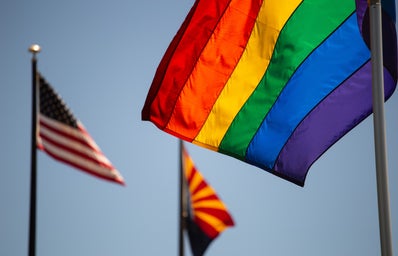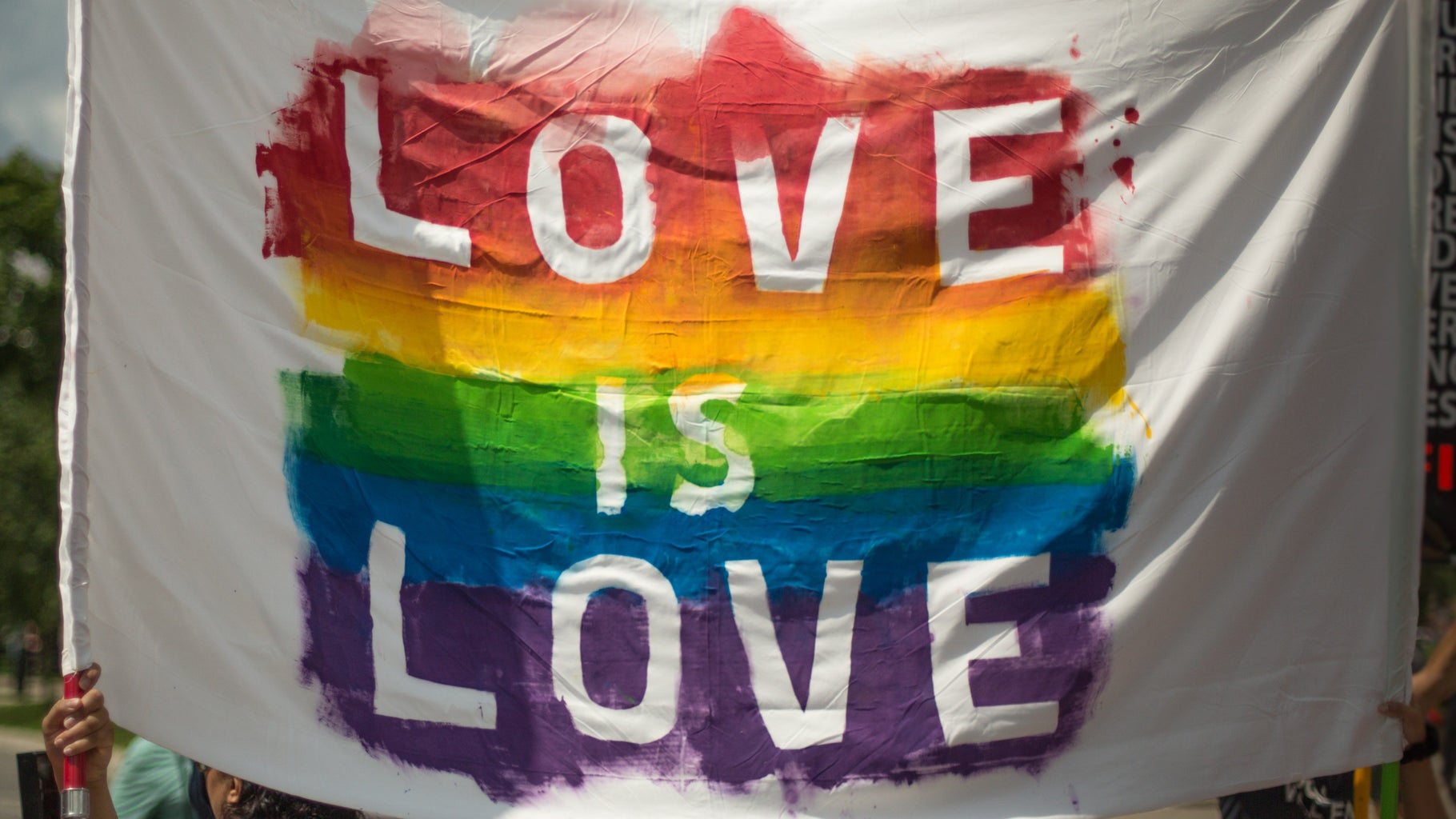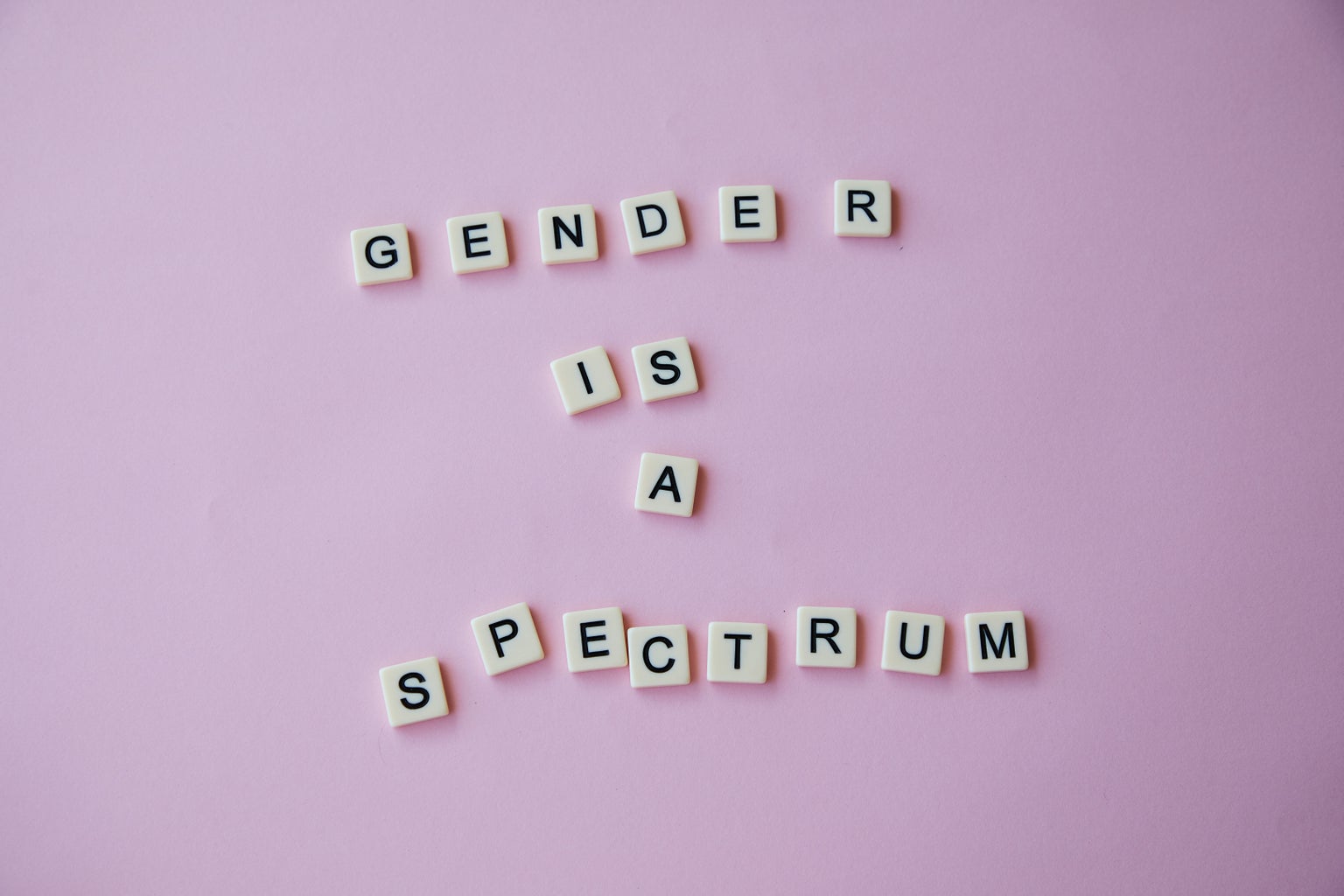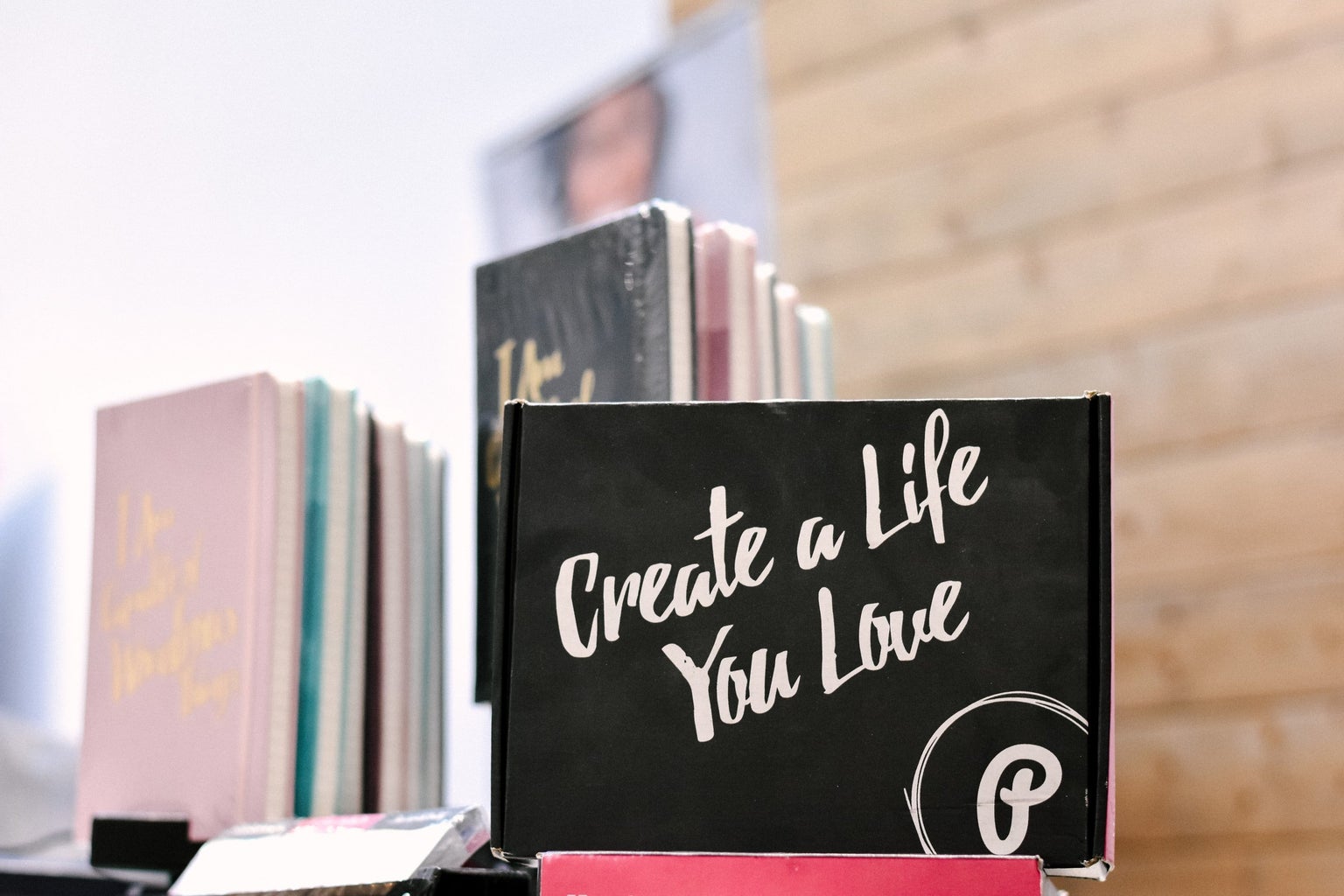I entered college in 2020 in the midst of the pandemic. I just graduated from an all-girls Catholic High School where there was no place for self-expression–doing so contradicted traditional Christian beliefs.
American University was a cultural shift from what I was exposed to in high school. Yes, I had been out since sixth grade, but the amount of hateful language I was exposed to prevented me from being proud in my everyday life.
Navigating my sexual identity was difficult. I didn’t know how to label myself in the LGBTQ+ community. I labeled myself bisexual for a long time because I thought I had an attraction to male and female people. I thought I was pansexual because gender didn’t matter to me when it was people I liked. I finally realized I hate having a label on myself and decided to take back the term “queer” for the gay community.
And at the beginning of college, I started to question my gender. This was a whole new realm for me.
Am I a lesbian? Do I identify as queer? Am I a woman? I don’t feel like a man though. Are there other options?
Terms like genderqueer and non-binary were new territory for me. I had no idea how to navigate this new vision of my body and queerness.
There are specific terms we can use to identify ourselves with to express our gender identity. Some are more specific than others, which all can be under the “gender umbrella.”
Cisgender people are those who identify with their assigned sex at birth. If you were born a boy and still identify as a boy, you would be considered cisgender.
Transgender is the main term of the umbrella. Think of transgender at the top and the words trickling down like rain are the other terms of identification under the transgender umbrella. This term can be used for someone that does not identify with the assigned sex at birth.
AFAB/AMAB is a term that you will see a lot when discussing gender identities. AFAB is “assigned female at birth” and AMAB is “assigned male at birth.” I use this term a lot when describing myself as a non-binary person.
Genderfluid is used to express when your gender is fluid or “changing” from day to day. Some people who use this term can feel like a woman some days, a man some days, and sometimes even if they don’t feel like either.
Genderqueer is commonly used when a person doesn’t identify with an identity within the gender binary. As defined by an article from the University of Nebraska Omaha, “Those who identify as genderqueer may identify as neither male nor female, may see themselves as outside of or in between the binary gender boxes, or may simply feel restricted by gender labels.”
Non-binary is a similar term to genderqueer. People can use it if they do not identify with the traditional gender binary of male and female.
Navigating this shift takes time, energy and balance. You don’t need to rush into your feelings and waste potential energy on your journey later. Everyone’s journey is going to be different but these are some examples of how to start and thrive by figuring out your gender.
- Join communities!
I found my communities and chosen families by participating in clubs and societies that I identify with pertaining to my LGBTQ+ identity or my interests. AU has an incredible, open community of LGBTQ+ students that hosts events, meetings and talks for all to participate in. My favorite event that they held was a Drag Show featuring students!
- Find your support system.
Finding your support system is a big choice that LGBTQ+ people have to make. A strong support system is necessary when life gets tough. This can be your biological family, chosen family or even a mixture of both. I am incredibly lucky that my parents are supportive of my queerness but that is not always the case. Finding your chosen family is finding who truly supports you through everything and will lend a helping hand when you need it most. I have a chosen family with my close friends and partner.
- Do your Research.
Research can help you understand what you are feeling and how to articulate your feelings. The terms I chose to include in this article only scratch the surface of the extent of identities that are out there. Start with describing how you are feeling, search it up and you will find multiple other people that are in the same boat as you. Journal your thoughts – get them out of your head and onto paper to visualize them.
Your journey through gender and sexuality will not be a linear one, and it can be a tough thing to navigate by yourself. So find that chosen family and especially, take care of yourself–you are the most important person in your life.






